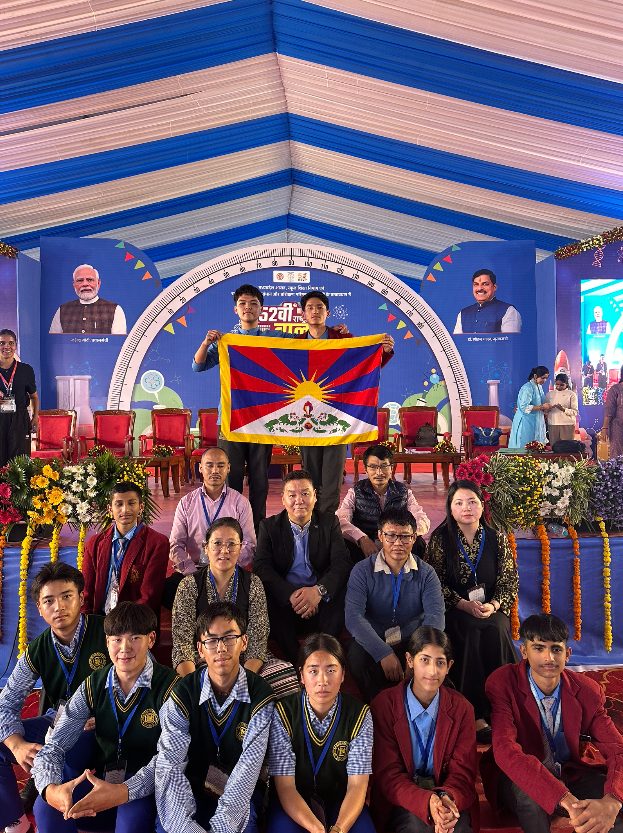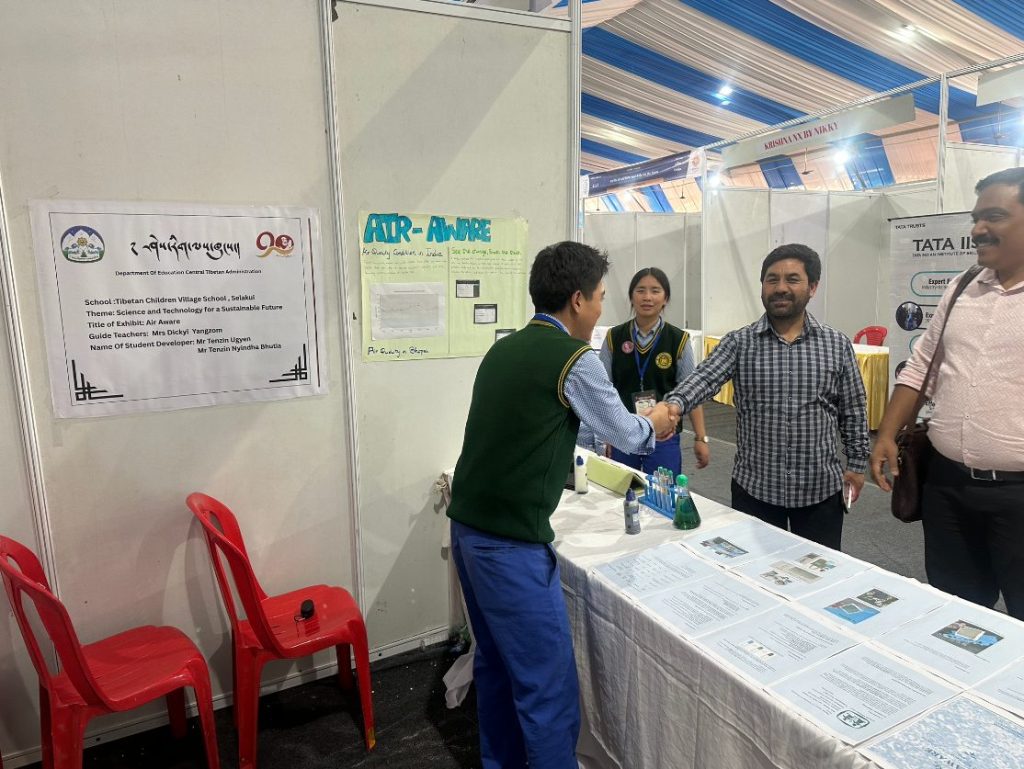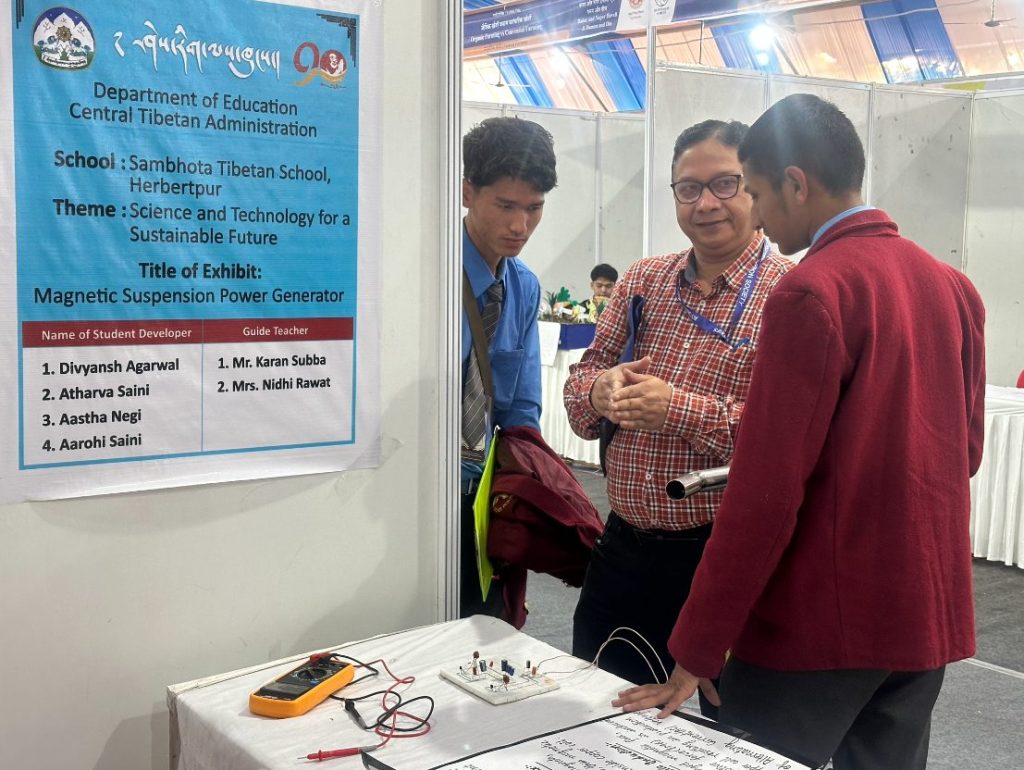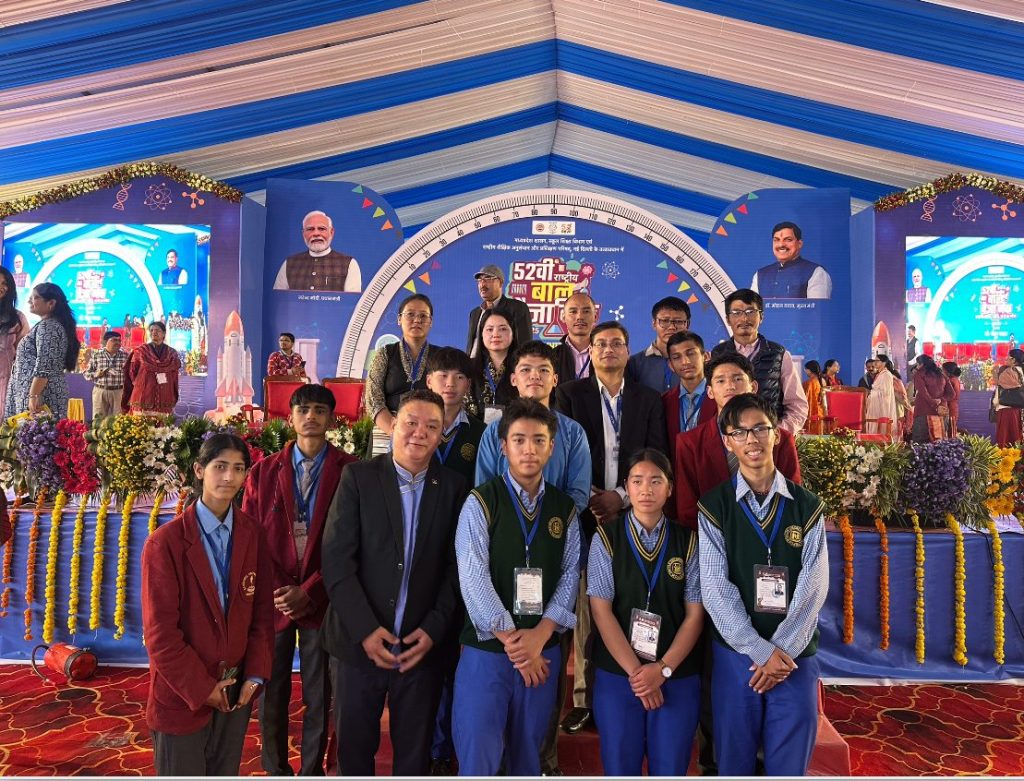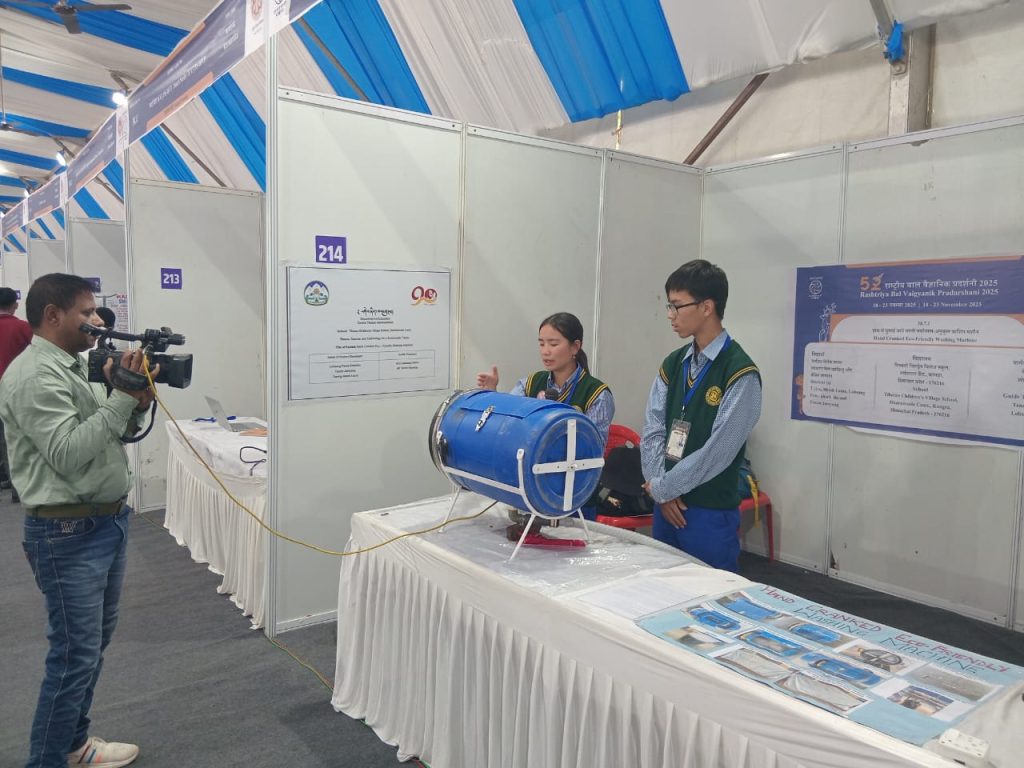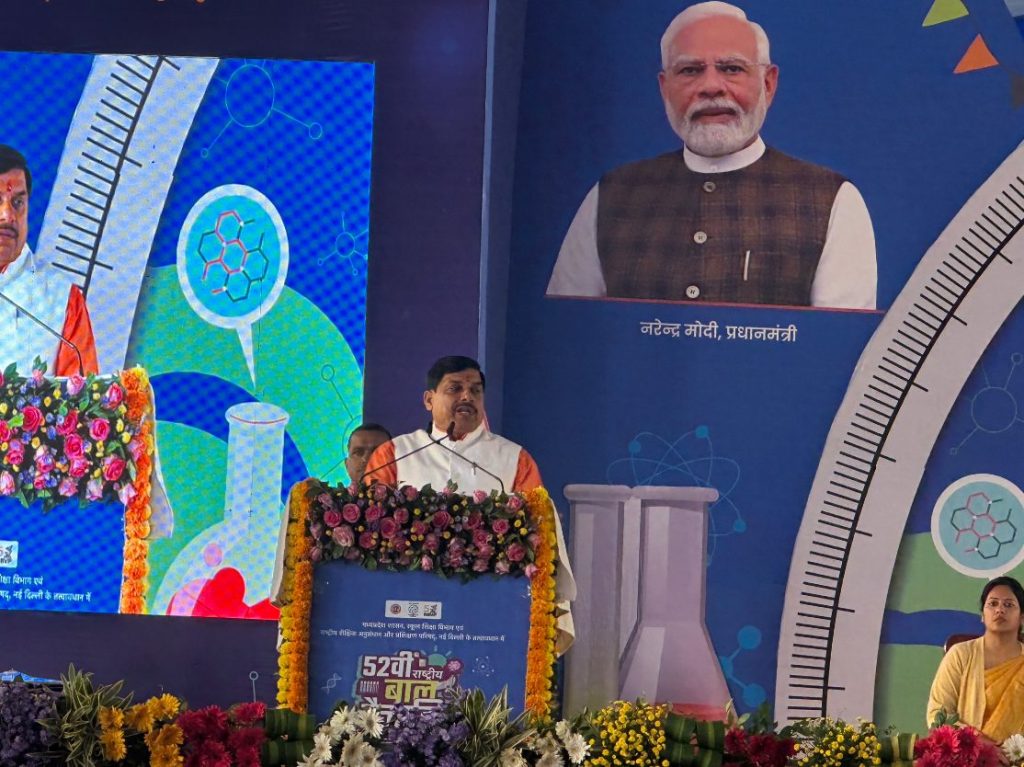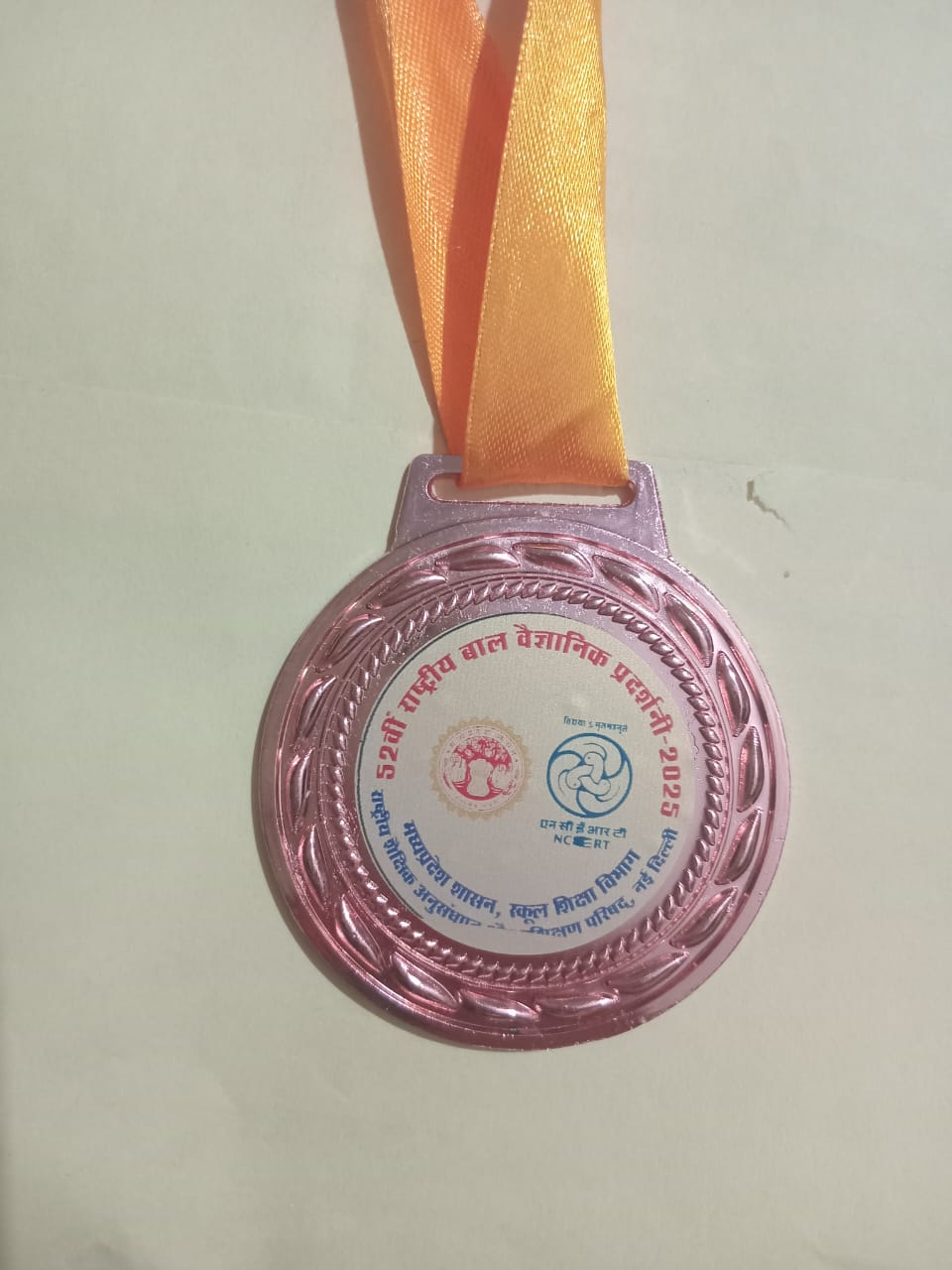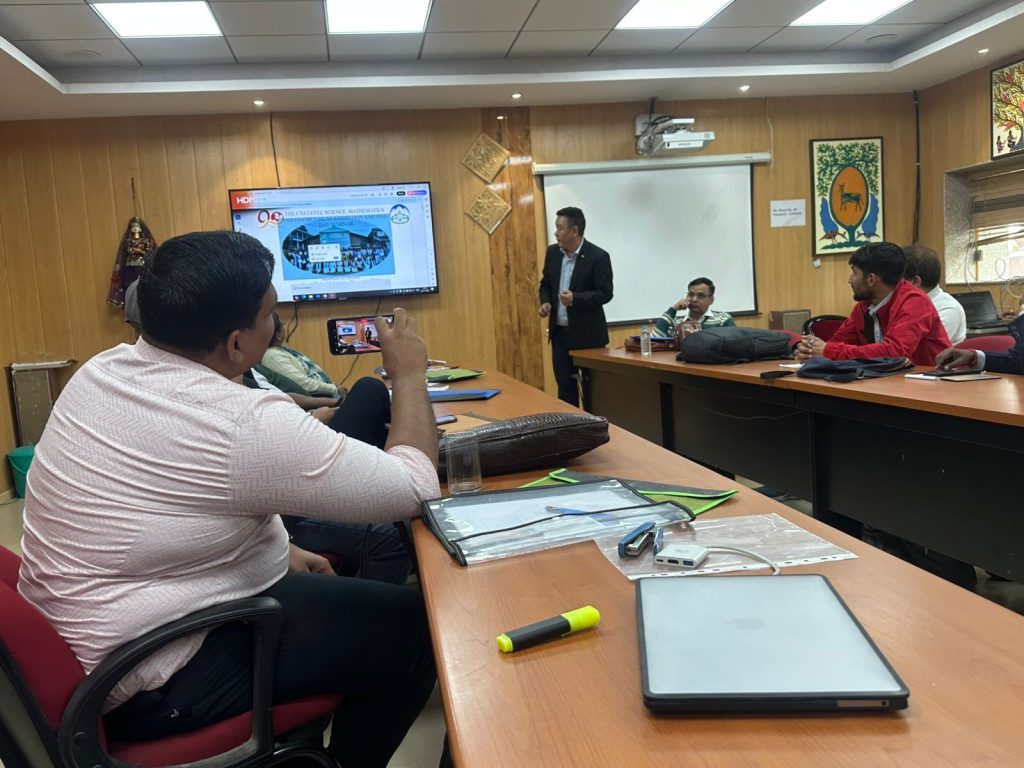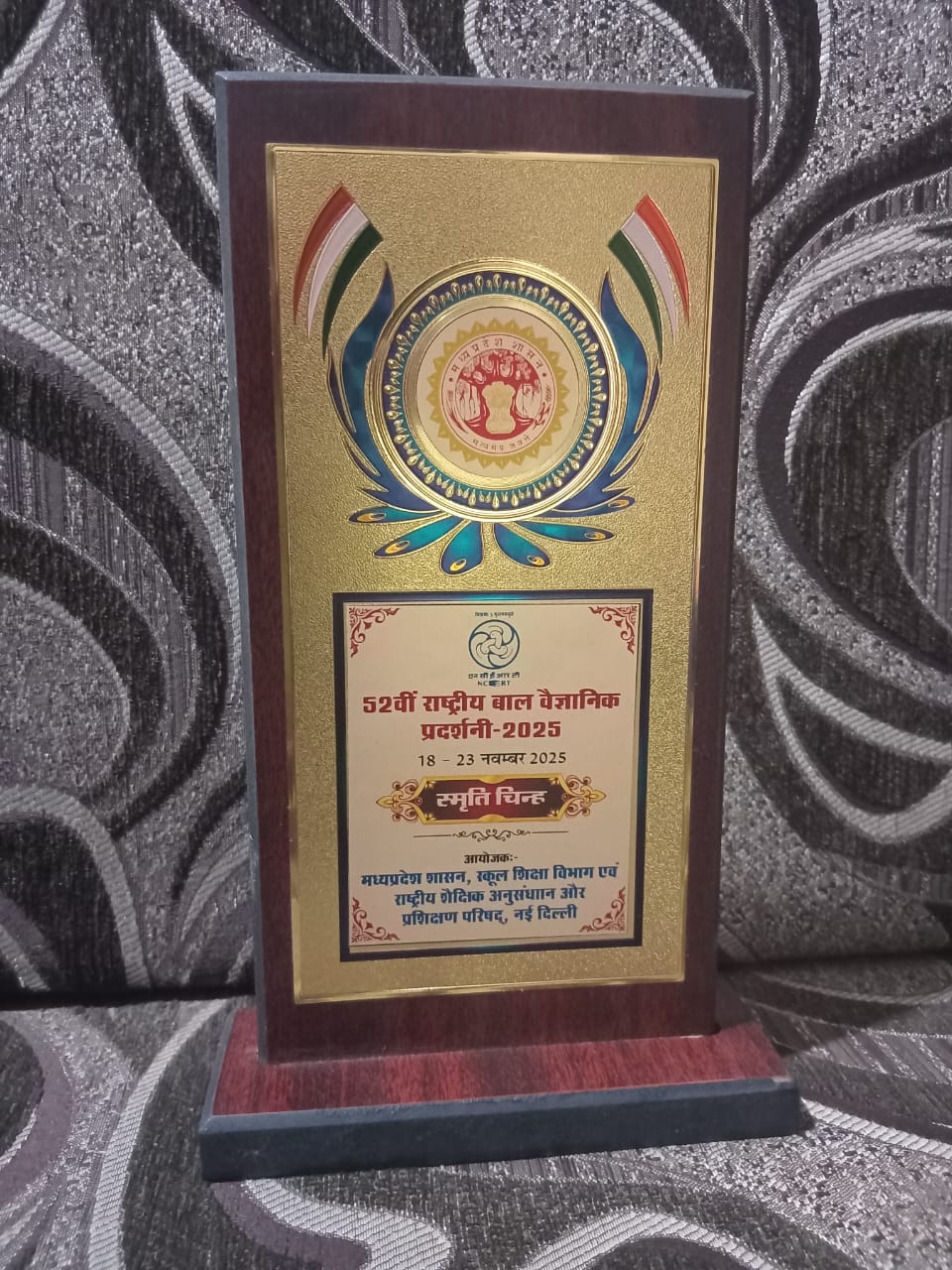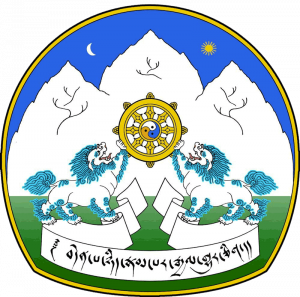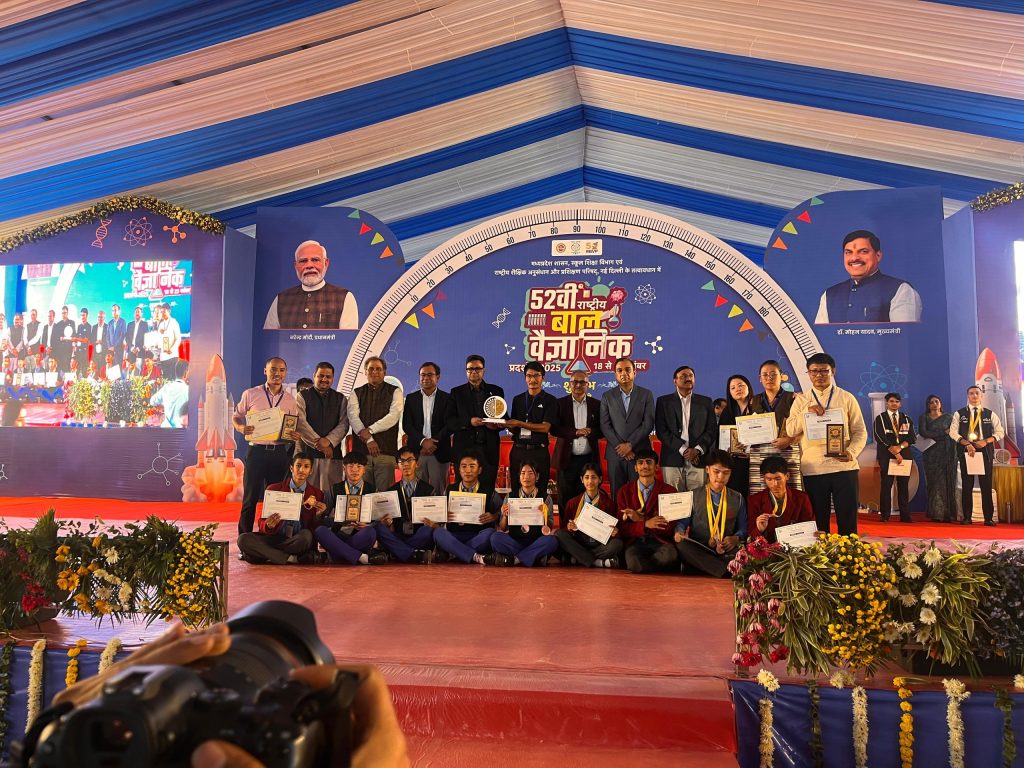
Dharamshala: The 52nd Rashtriya Bal Vaigyanik Pradarshani (National Children’s Science Exhibition) concluded on 23 November 2025, at the Regional Institute of Education, Shyamla Hills, Bhopal, after six days of dynamic scientific innovation and cultural exchange. Organised by the National Council of Educational Research and Training (NCERT) in collaboration with the Department of School Education, the event showcased the creativity and scientific talent of young innovators from across India.
The exhibition was inaugurated on 18 November by Chief Minister Dr Mohan Yadav, in the presence of senior officials from the central and state governments. Over 2,000 visitors attended daily, exploring 240 science models presented by 229 schools from 31 states and union territories. Participants included autonomous institutions such as Central Tibetan Administration (CTA) schools, Kendriya Vidyalayas, Jawahar Navodaya Vidyalayas, and Atomic Energy Schools. These schools displayed projects spanning scientific, mathematical, and environmental themes, alongside cultural presentations highlighting their unique identities.
More than 10,000 attendees, including students, teachers, innovators, scientists, government officials and the general public, participated in the event. The program featured interactive sessions with leading scientists and cultural performances celebrating India’s diversity. Educational visits were organised to Shaurya Smarak, the Tribal Museum, the Regional Science Centre, and Global Skill Park. The valedictory ceremony was attended by Dr Sanjay Kumar, Secretary of the Department of School Education & Literacy, Ministry of Education, Government of India; Dr Sanjay Goyal, Secretary of the School Education Department, Madhya Pradesh; and Professor Sunita Farkya, Head of DESM, NCERT and Dr Arvind C. Ranade, Director, National Innovation Foundation. Certificates were awarded to student exhibitors, guide teachers, schools, and the Department of Education, CTA, for their accomplishments.
The exhibition was centred on the theme “Science and Technology for a Sustainable Future,” featuring sub-themes in: first theme – Food, Health, and Hygiene; second theme – Transport and Communication; third theme – Natural Farming; fourth theme – Disaster Management; fifth Mathematical Modelling and Computational Thinking; sixth theme – Waste Management; and seventh theme – Resource Management.
In preparation for the national-level event, the Department of Education, CTA, organised preliminary school-level exhibitions in individual Tibetan schools based on themes provided by NCERT. Winning projects advanced to the 8th CTA Level Science, Mathematics, and Environment Exhibition, held from 17 to 19 July at TCV School, Upper Dharamshala. From there, 12 top exhibits were submitted to NCERT, and five were selected from five Tibetan schools for the 52nd RBVP.
A total of nine students and five escort teachers represented the CTA schools at the national stage. The participating schools included Upper TCV School, TCV Selakui School, STS Mussoorie, STS Herbertpur, and STS Mundgod. They also participated in the evening cultural programs, reflecting the diverse talent and creativity of Tibetan schools.
Science Education Officer Dorjee Wangdue attended the event and participated in a two-day meeting for state coordinators and NCERT officials. He shared insights on the mechanism of the CTA Level STEM Exhibition and expressed gratitude to NCERT and the Government of India for providing Tibetan students with a national platform to showcase their scientific skills.
This prestigious event offered an invaluable platform for Tibetan schools and their peers nationwide to demonstrate their scientific ingenuity, participate in enriching cultural exchanges, and explore how science and technology can contribute to a sustainable and inclusive future.
